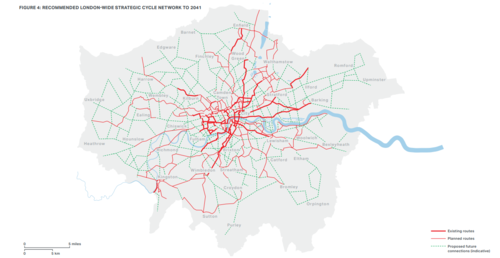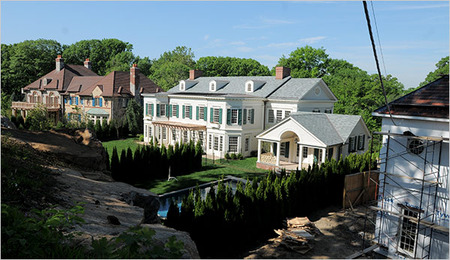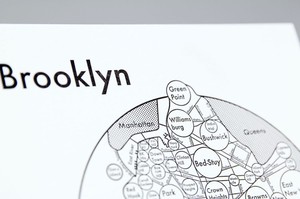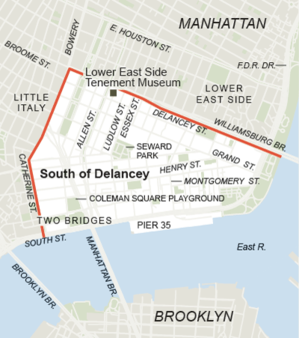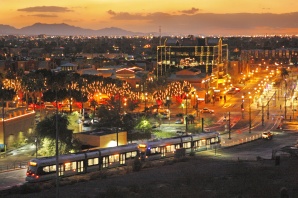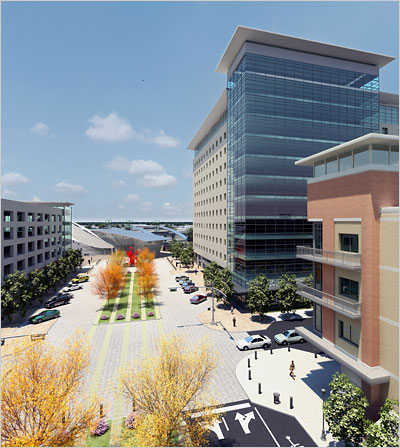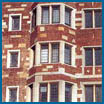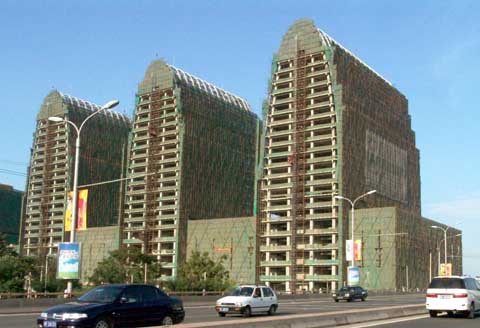Travel to any European city and the likelihood is that it will look and feel substantially different to modern American cities such as Los Angeles, San Diego, or Miami.
Ref: arxiv.org/abs/1410.2094 A Typology of Street Patterns
The reasons are many. Most older European cities have grown organically, usually before the advent of cars, with their road layout largely determined by factors such as local geography. By contrast, the growth of many American cities occurred after the development of cars and their road layout was often centrally planned using geometric grids.
But while the differences are stark to any human observer, nobody has succeeded in finding an objective way to capture the difference. Today, that changes thanks to the work of Rémi Louf and Marc Barthelemy at the Institut de Physique Théorique about 20 kilometers south of Paris. They have found a way to capture the unique "fingerprint" of a city's road layout and provide a way to classify and compare the unique layouts of cities all over the world for the first time.
Louf and Barthelemy began by downloading the road layouts from OpenStreetMap for 131 cities from all continents other than Antarctica.One objective way to assess road layout is to think of it as a network in which the nodes are junctions and road segments are the links in between.
The problem with this method is that the networks of most cities turn out to be remarkably similar. That's because the topology captures the connectedness of a city but nothing about the scale or geometry of the layout. It is the scale and geometry of the layout that seem to be the crucial difference between cities that humans recognize.
Louf and Barthelemy's breakthrough was to find a way of capturing this difference. Instead of examining the road layout, they look at the shapes of the spaces bounded by roads. In other words, they analyze the size and shape of the street blocks.
In a city based on a grid, these blocks will be mostly square or rectangular. But when the street layout is less regular, these blocks can be a variety of polygons.
Capturing the geometry of city blocks is tricky. However, Louf and Barthelemy do this using the ratio of a block's area to the area of a circle that encloses it. This quantity is always less than 1 and the smaller its value, the more exotic and extended the shape. The researchers then plot the distribution of block shapes for a given city.
But this shape distribution by itself is not enough to account for visual similarities and dissimilarities between street patterns. Louf and Barthelemy point out that New York and Tokyo share similar shape distributions but the visual similarity between these cities' layouts is far from obvious.
That's because blocks can have similar shapes but very different areas. "If two cities have blocks of the same shape in the same proportion but with totally different areas, they will look different," they say.
So the crucial measure that characterizes a city combines both the shape of the blocks and their area. To display this, Louf and Barthelemy arrange the blocks according to their area along the Y-axis and their shape ratio along the X-axis. The resulting plot is the unique fingerprint that characterizes each city.
When they did this for each of the 131 cities they had data for, they discovered that cities fall into four main types (see diagram above). The first category contains only one city, Buenos Aires in Argentina, which is entirely different from every other city in the database. Its blocks are all medium-size squares and regular rectangles.
